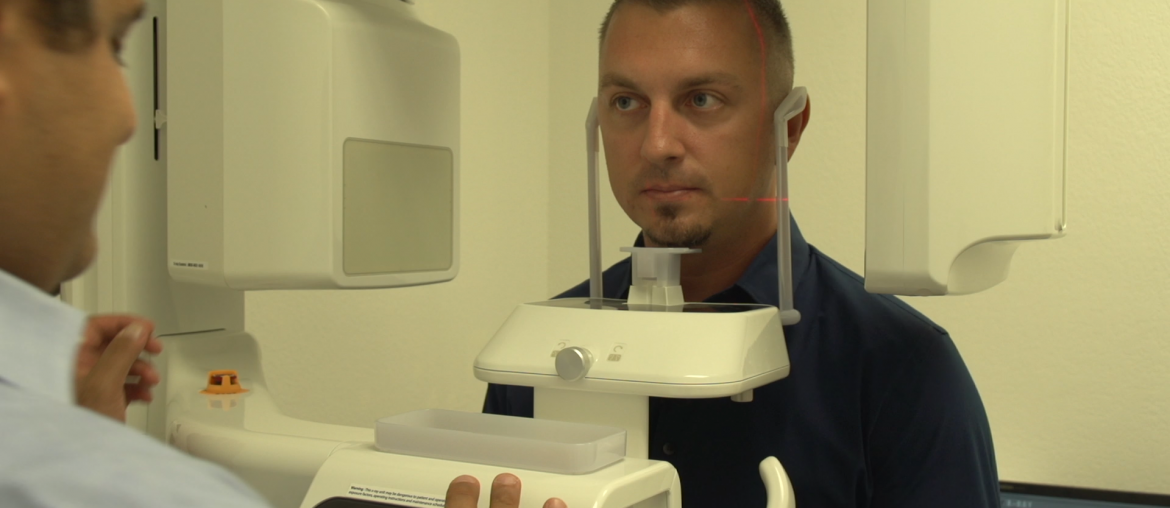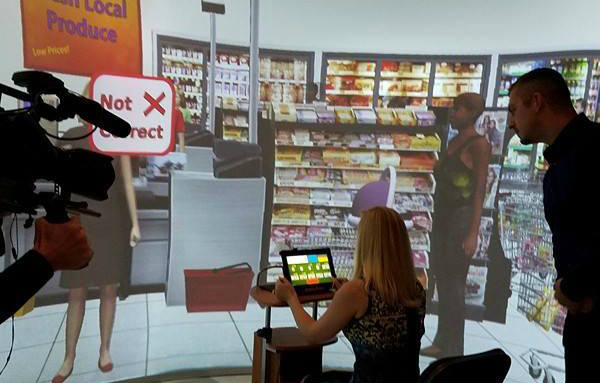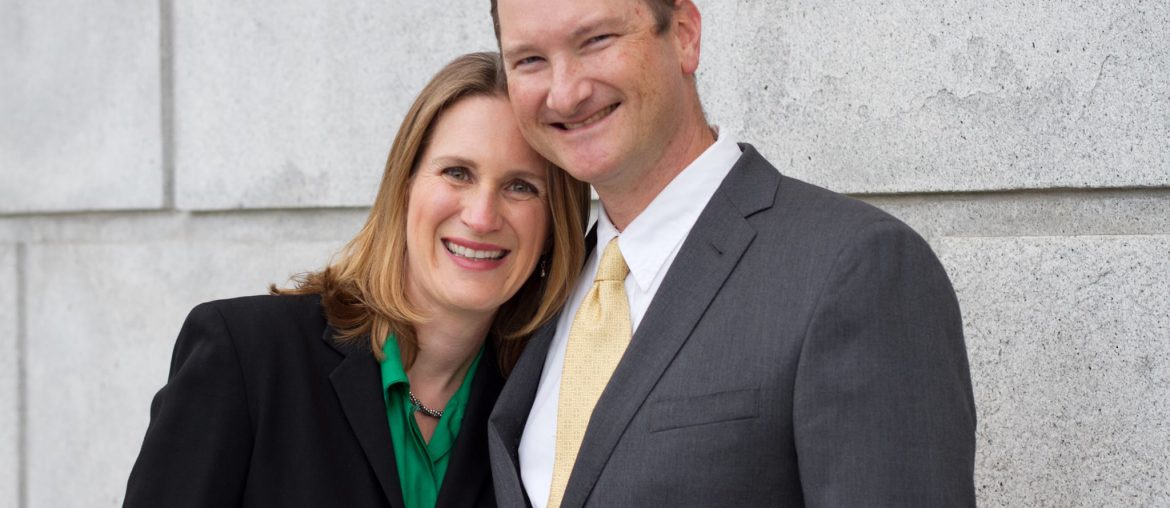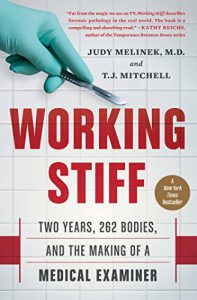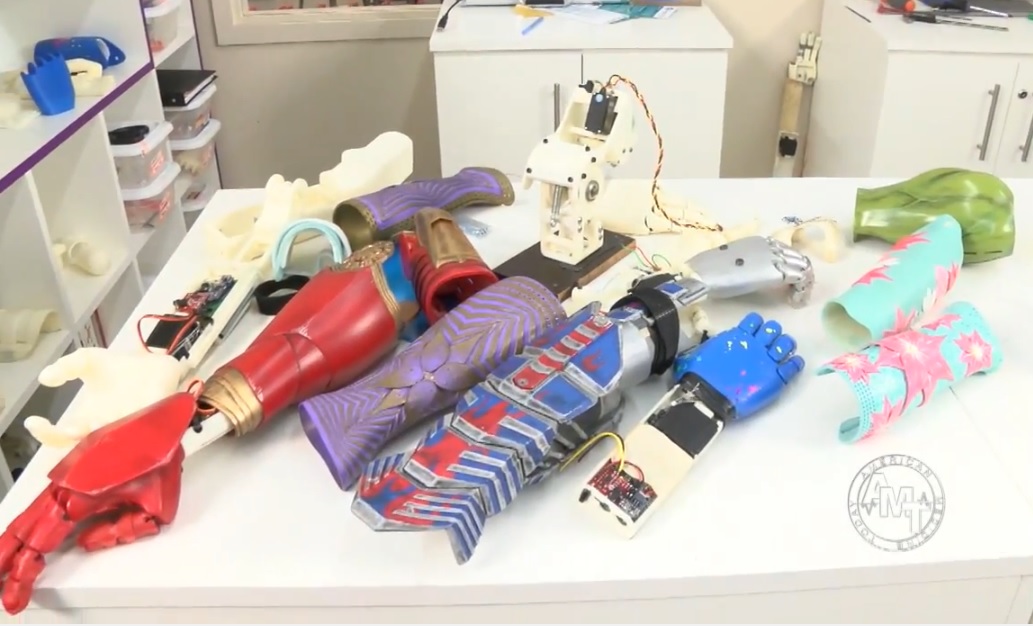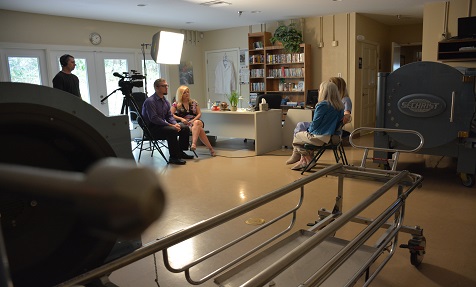The American Medicine Today crew visits with the team at FeatherSound Smiles in Clearwater, Florida.
At FeatherSound Smiles, Dr. Amir Daoud, DDS is passionate about utilizing the latest technology for better quality care of his patients, as well as a more enjoyable overall experience. Dr. Daoud treats common dental issues, like cavities, teeth whitening, implants, and impressions with the newest lasers and digital imagery techniques.
Dr. Daoud says, “I have a rule called the ‘Mother Rule’: What would I do if the patient were my mother? It’s very simple and makes me sleep well at night. I never recommend treatment that I wouldn’t recommend to my mother. It makes perfect sense.”
Learn more about FeatherSound Smiles here: https://feathersoundsmiles.com/
